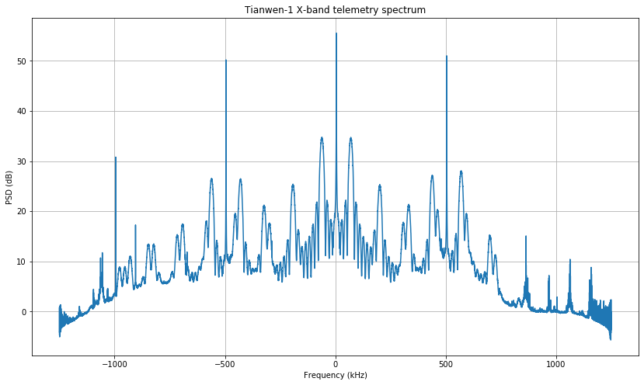A couple months ago I presented my work-in-progress design for a data modem intended to be used through the QO-100 NB transponder. The main design goal for this modem is to give the maximum data rate possible in a 2.7 kHz channel at 50 dB·Hz CN0. For the physical layer I settled on an RRC-filtered single-carrier modulation with 32APSK data symbols and an interleaved BPSK pilot sequence for synchronization. Simulation and over-the-air tests of this modulation showed good performance. The next step was designing an appropriate FEC.
Owing to the properties of the synchronization sequence, a natural size for the FEC codewords of this modem is 7595 bits (transmitted in 1519 data symbols). The modem uses a baudrate of 2570 baud, so at 50 dB·Hz CN0 the Es/N0 is 15.90 dB. In my previous post I considered using an LDPC code with a rate of 8/9 or 9/10 for FEC, taking as a reference the target Es/N0 performance of the DVB-S2 MODCODs. After some performing some simulations, it turns out that 9/10 is a bit too high with 7595 bit codewords (the DVB-S2 normal FECFRAMEs are 64800 bits long, giving a lower LDPC decoding threshold). Therefore, I’ve settled on trying to design a good rate 8/9 FEC. At this rate, the Eb/N0 is 9.42 dB.
